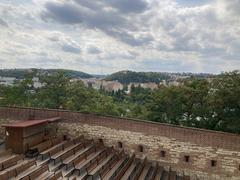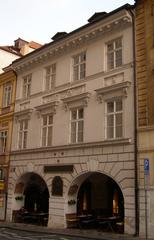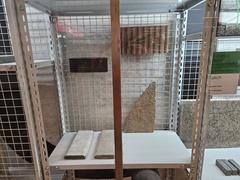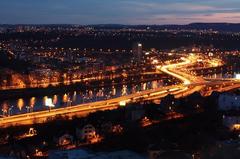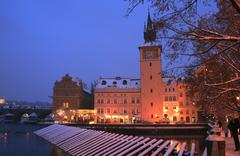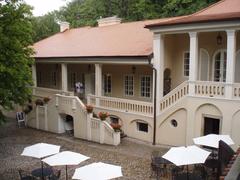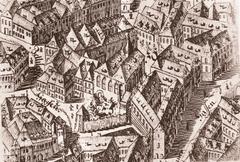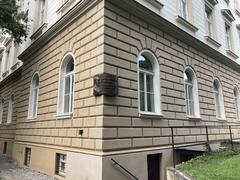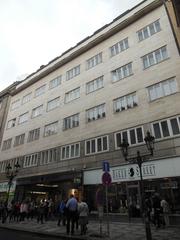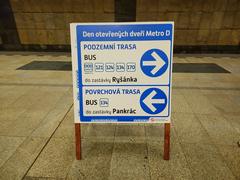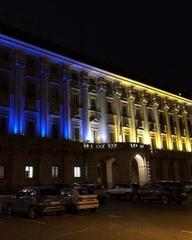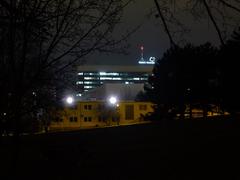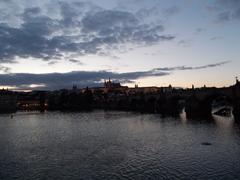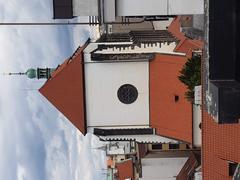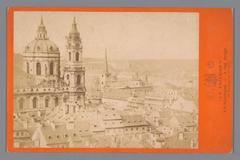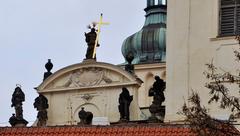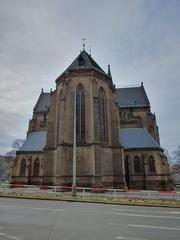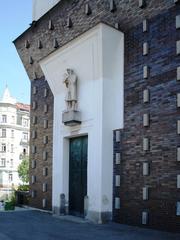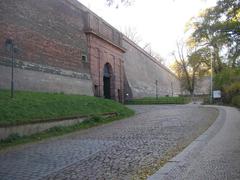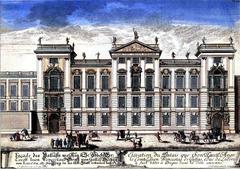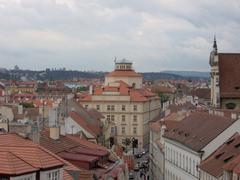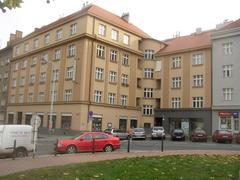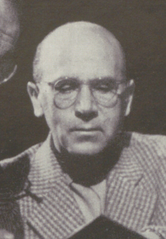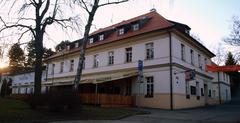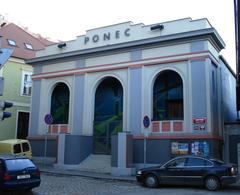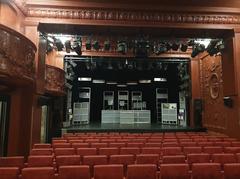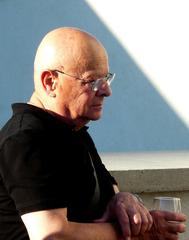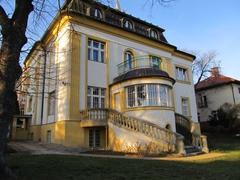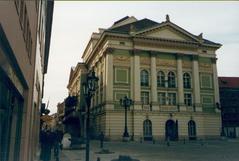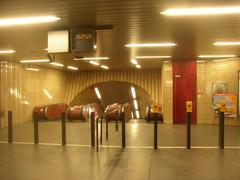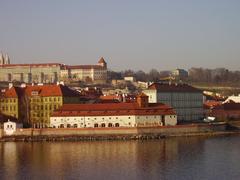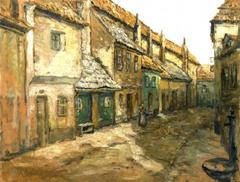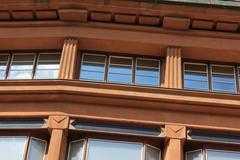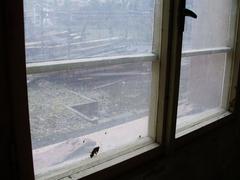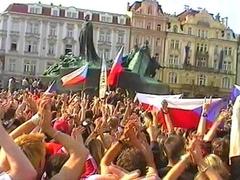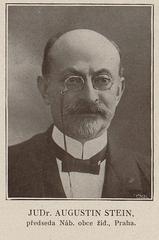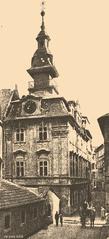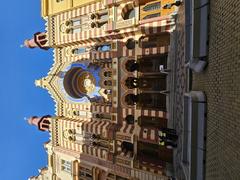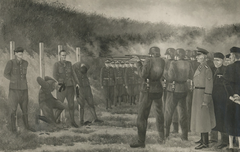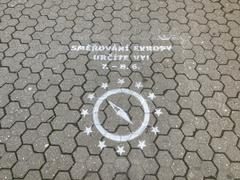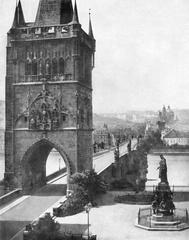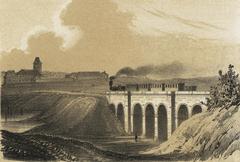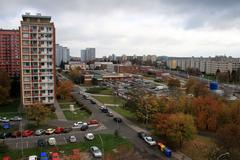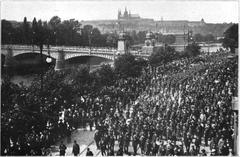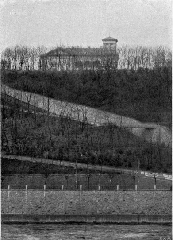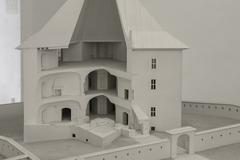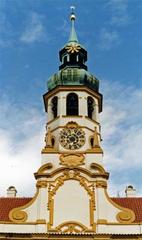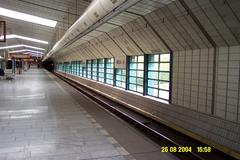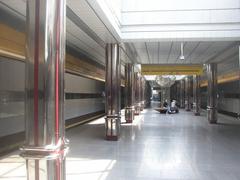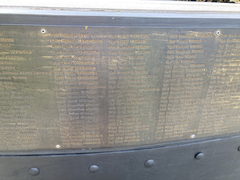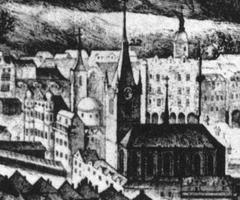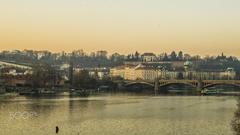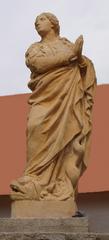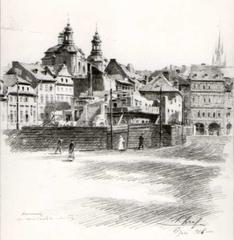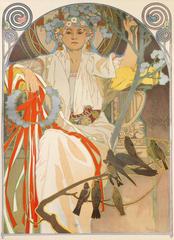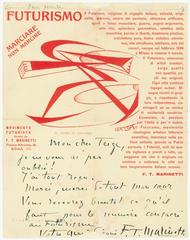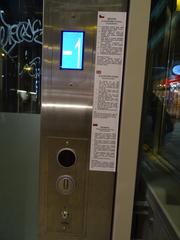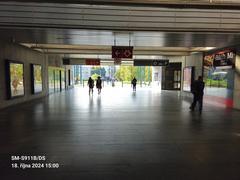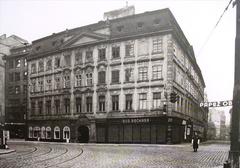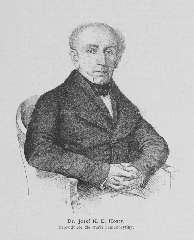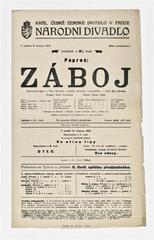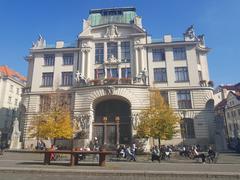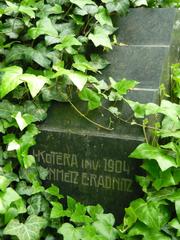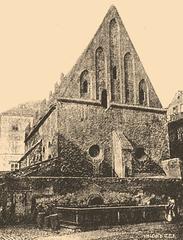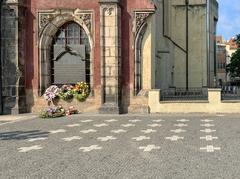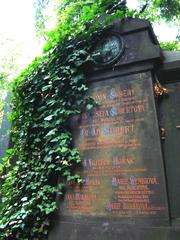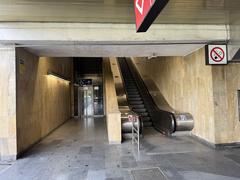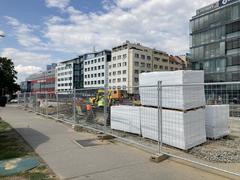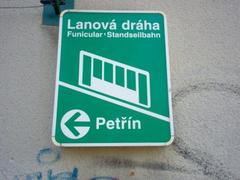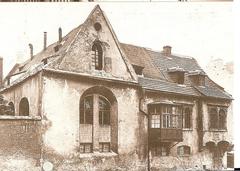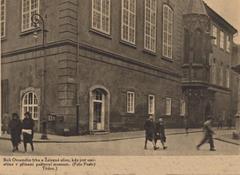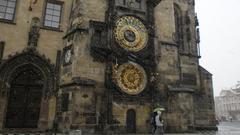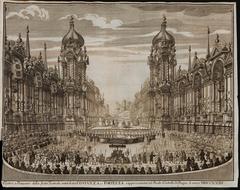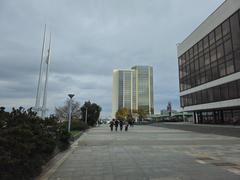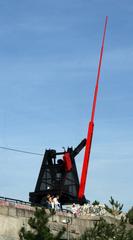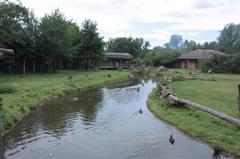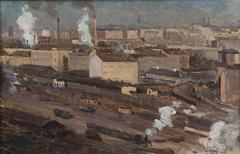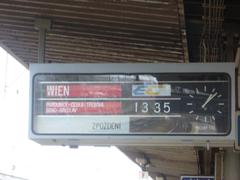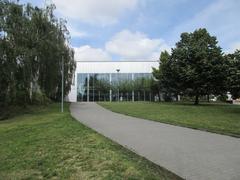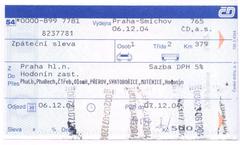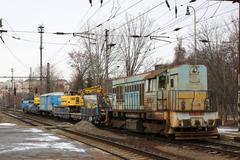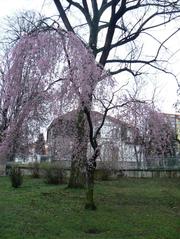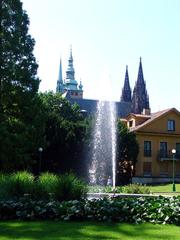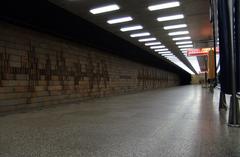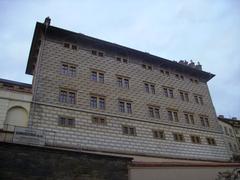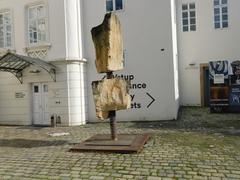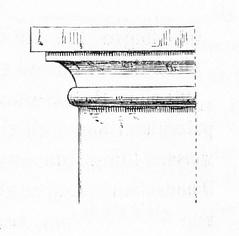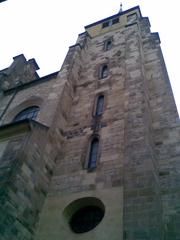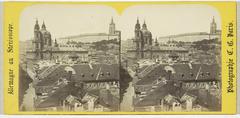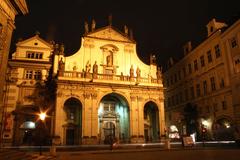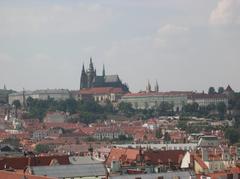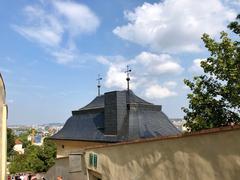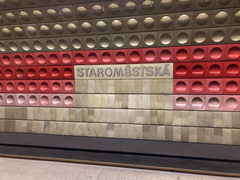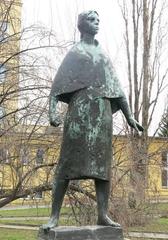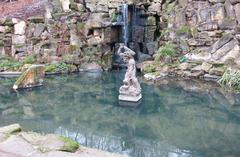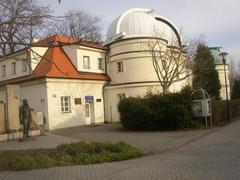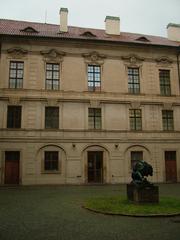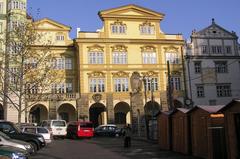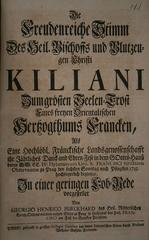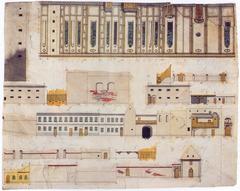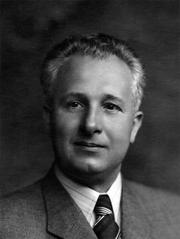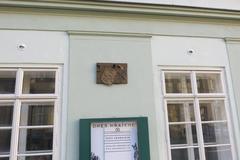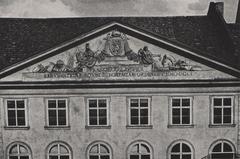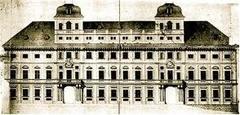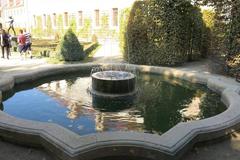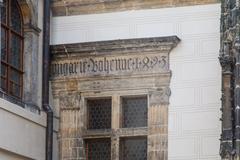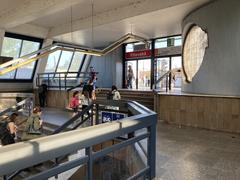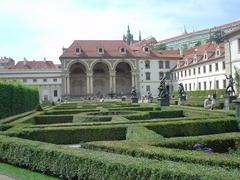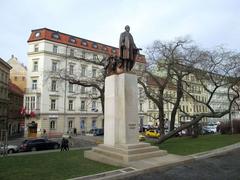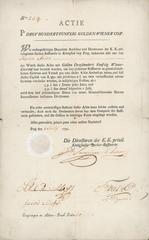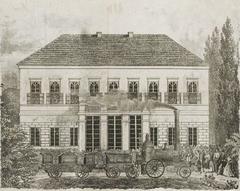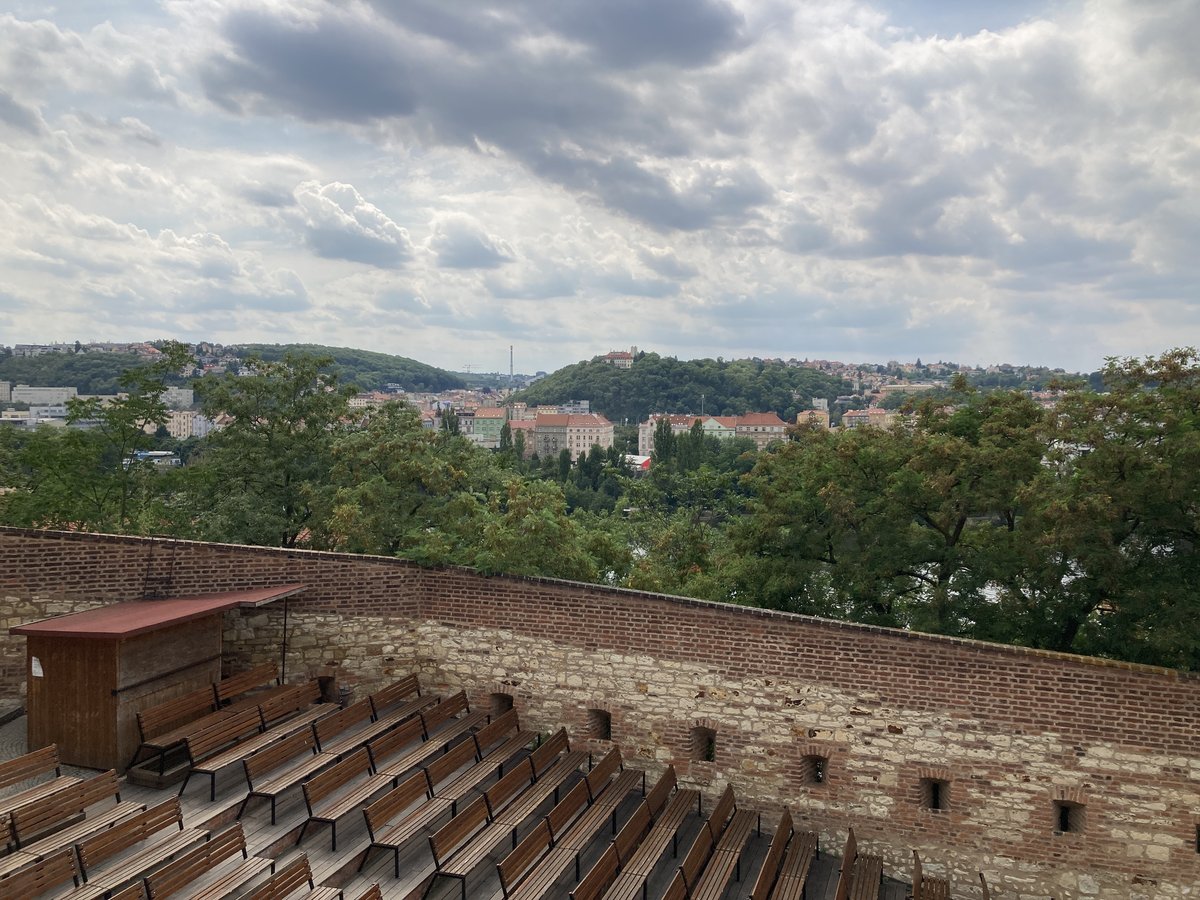
Vyšehrad Visiting Hours, Tickets, and Historical Sites in Prague
Date: 17/07/2024
Discover the rich history and visitor information for Vyšehrad, one of Prague’s most significant historical sites
Vyšehrad, often referred to as the “Castle on the Heights,” is one of Prague’s most significant historical landmarks. Located on a rocky promontory overlooking the Vltava River, this ancient fort has been a focal point of Czech history, culture, and legend. Its origins are shrouded in myth, with tales of the legendary Princess Libuše, who is said to have founded Vyšehrad and prophesied the future glory of Prague. The site’s documented history dates back to the 10th century, making it one of the oldest fortified areas in Prague. Over the centuries, Vyšehrad has served various roles, including a royal residence, a strategic military fortress, and a symbol of Czech national identity. Today, it stands as a testament to the architectural and cultural evolution of the region, offering visitors a unique blend of historical exploration, stunning views, and cultural experiences. This guide provides a comprehensive overview of Vyšehrad’s rich history, practical visitor information, and essential tips to enhance your visit (Prague.eu, Radio Prague International, Vyšehrad National Cultural Monument).
Navigate through key sections including history, cultural significance, visitor information, travel tips, nearby attractions, and more
- Introduction
- History of Vyšehrad
- Early Beginnings and Mythical Origins
- Medieval Significance
- Architectural Evolution
- Renaissance and Baroque Periods
- 19th and 20th Century Transformations
- Modern-Day Vyšehrad
- Visitor Information
- Visiting Hours
- Tickets
- Travel Tips
- Nearby Attractions
- Accessibility
- Special Events and Guided Tours
- Photographic Spots
- FAQ
- Conclusion
Exploring Vyšehrad - History, Visiting Hours, Tickets, and More in Prague
Introduction
Vyšehrad, often referred to as the “Castle on the Heights,” is a historic fort located in Prague, Czech Republic. This iconic site offers a unique blend of historical, cultural, and recreational experiences. Whether you’re a history buff, a culture enthusiast, or simply looking for a picturesque spot in Prague, Vyšehrad has something for everyone. In this guide, we’ll delve into the rich history of Vyšehrad, provide essential visitor information, and offer travel tips to enhance your visit.
History of Vyšehrad
Early Beginnings and Mythical Origins
Vyšehrad’s origins are steeped in legend and myth, with tales suggesting it was the seat of the earliest Czech rulers. According to the 12th-century chronicle, Chronica Boemorum by Cosmas of Prague, Vyšehrad was founded by the mythical Princess Libuše, who prophesied the future glory of Prague. This legend, while not historically verified, adds a layer of cultural significance to the site (Prague.eu).
Medieval Significance
Vyšehrad’s historical prominence began in earnest during the 10th century. Archaeological evidence suggests that the site was fortified as early as the mid-10th century, serving as a strategic military stronghold. By the 11th century, it had become a significant seat of power under the Přemyslid dynasty. Prince Vratislav II, who later became the first King of Bohemia, chose Vyšehrad as his royal residence in the late 11th century. He initiated the construction of a Romanesque basilica dedicated to Saints Peter and Paul, which became a central feature of the fortress (Radio Prague International).
Architectural Evolution
The architectural landscape of Vyšehrad has evolved significantly over the centuries. The original Romanesque structures were replaced or modified during the Gothic period. In the 14th century, under the reign of Charles IV, Vyšehrad was integrated into the fortifications of Prague. Charles IV also established the Vyšehrad Chapter, an ecclesiastical institution that played a crucial role in the religious and cultural life of the area. The Gothic Church of Saints Peter and Paul was constructed during this period, although it has undergone several reconstructions, most notably in the neo-Gothic style in the 19th century (Vyšehrad National Cultural Monument).
Renaissance and Baroque Periods
The Renaissance period saw Vyšehrad’s decline as a royal residence, but it remained a significant military fortress. During the Thirty Years’ War (1618-1648), Vyšehrad was heavily fortified to withstand sieges. The Baroque period brought further military enhancements, including the construction of bastions and other defensive structures. These fortifications were part of a broader effort to modernize Prague’s defenses in response to evolving military technologies and threats (Czech Tourism).
19th and 20th Century Transformations
The 19th century marked a period of cultural renaissance for Vyšehrad. The site was transformed from a military fortress into a symbol of Czech national identity. The Vyšehrad Cemetery, established in 1869, became the final resting place for many of the Czech Republic’s most illustrious figures, including composers Bedřich Smetana and Antonín Dvořák, and writer Karel Čapek. The cemetery and the adjacent Slavín tomb are significant cultural landmarks (Vyšehrad Cemetery).
In the 20th century, Vyšehrad continued to be a site of national importance. During the Nazi occupation of Czechoslovakia in World War II, the site was used for various military purposes. Post-war, Vyšehrad was preserved and restored, becoming a national cultural monument in 1962. The site has since been a focal point for cultural and historical preservation efforts (Prague City Tourism).
Modern-Day Vyšehrad
Today, Vyšehrad is a serene and picturesque area that offers a blend of historical, cultural, and recreational experiences. The site includes the Basilica of Saints Peter and Paul, the Vyšehrad Cemetery, and the remains of the medieval fortifications. Visitors can explore the casemates, underground passages that once housed military stores and cannons. The Rotunda of St. Martin, dating back to the 11th century, is one of the oldest surviving buildings in Prague and a testament to Vyšehrad’s long history (Vyšehrad National Cultural Monument).
Vyšehrad also offers stunning views of the Vltava River and the city of Prague, making it a popular spot for both tourists and locals. The site hosts various cultural events, including concerts, exhibitions, and festivals, further cementing its role as a vibrant cultural hub (Prague.eu).
Visitor Information
Visiting Hours
Vyšehrad is generally open to the public year-round, with varying hours depending on the season. It’s advisable to check the official website for the most up-to-date visiting hours before planning your visit (Vyšehrad Visiting Hours).
Tickets
Entrance to the Vyšehrad grounds is free, but certain attractions within the site, such as the Basilica of Saints Peter and Paul and the casemates, may require a ticket. Ticket prices and availability can be found on the official Vyšehrad website (Vyšehrad Tickets).
Travel Tips
- Getting There: Vyšehrad is easily accessible by public transport. The nearest metro station is Vyšehrad on Line C, and several trams and buses also service the area.
- Best Time to Visit: Early morning or late afternoon are ideal times to visit to avoid crowds and enjoy the best lighting for photography.
- What to Bring: Comfortable walking shoes, a camera, and a bottle of water are recommended for exploring the site.
Nearby Attractions
- Vyšehrad Park: A beautiful park surrounding the fortress, perfect for a leisurely stroll.
- National Cemetery: A must-visit for those interested in Czech history and culture.
- Basilica of Sts. Peter and Paul: An architectural marvel with stunning interiors.
Accessibility
Vyšehrad is generally accessible to visitors with disabilities, although some areas may have uneven terrain. There are ramps and accessible paths in key areas, and the official website provides detailed accessibility information (Vyšehrad Accessibility).
Special Events and Guided Tours
Vyšehrad hosts various special events throughout the year, including historical reenactments, music festivals, and guided tours. Check the official website for a calendar of events and tour booking information (Vyšehrad Events).
Photographic Spots
Vyšehrad offers numerous picturesque spots perfect for photography. Notable locations include the panoramic views from the ramparts, the Basilica of Saints Peter and Paul, and the peaceful gardens and pathways.
FAQ
What are the visiting hours for Vyšehrad?
Vyšehrad is open year-round with varying hours depending on the season. Check the official website for the latest visiting hours.
How much do tickets for Vyšehrad cost?
Entrance to the Vyšehrad grounds is free, but tickets are required for certain attractions within the site. Prices and availability can be found on the official Vyšehrad website.
Conclusion
Vyšehrad’s rich history, from its mythical origins to its modern-day status as a cultural landmark, makes it an essential part of Prague’s heritage. Its blend of historical architecture, cultural significance, and scenic beauty offers a unique and enriching experience for visitors. Don’t forget to check out other related posts, download our mobile app Audiala, and follow us on social media for more updates. Enjoy your visit to Vyšehrad!
Key Historical Facts
- Foundation: Mythically attributed to Princess Libuše; archaeological evidence dates fortifications to the mid-10th century.
- Royal Residence: Became a royal seat under Prince Vratislav II in the late 11th century.
- Architectural Styles: Romanesque, Gothic, Baroque, and neo-Gothic influences.
- Cultural Significance: Home to the Vyšehrad Chapter, Vyšehrad Cemetery, and Slavín tomb.
- Modern Status: National cultural monument since 1962, a site for cultural events and historical preservation.
Summarize the key points and encourage readers to explore Vyšehrad and its surroundings
Vyšehrad is more than just a historical site; it is a symbol of Prague’s rich cultural heritage and historical significance. From its mythical beginnings to its modern-day role as a cultural hub, Vyšehrad offers a unique and enriching experience for visitors. The site’s blend of Romanesque, Gothic, Baroque, and neo-Gothic architecture, along with its stunning views of the Vltava River and the city of Prague, make it a must-visit destination. Whether you are exploring the Basilica of Saints Peter and Paul, wandering through the Vyšehrad Cemetery, or enjoying the panoramic views from the fortress walls, Vyšehrad provides a profound connection to the past and a vibrant celebration of Czech culture. As you plan your visit, be sure to check the official website for the latest information on visiting hours, ticket prices, and special events. Embrace the history, beauty, and cultural significance of Vyšehrad, and create lasting memories in one of Prague’s most treasured landmarks (Czech Tourism, Prague City Tourism, Vyšehrad Cemetery).
Cite reliable sources and provide further reading materials
- Exploring Vyšehrad - History, Visiting Hours, Tickets, and More in Prague, (n.d.) Prague.eu
- Exploring Vyšehrad - History, Visiting Hours, Tickets, and More in Prague, (n.d.) Radio Prague International
- Exploring Vyšehrad - History, Visiting Hours, Tickets, and More in Prague, (n.d.) Vyšehrad National Cultural Monument
- Essential Visitor Tips for Exploring Vyšehrad - Prague’s Historic Gem, (n.d.) Czech Tourism
- Exploring Vyšehrad - Visiting Hours, Tickets, and Historical Insights, (n.d.) Vyšehrad.org
- Exploring Vyšehrad - Visiting Hours, Tickets, and Historical Insights, (n.d.) Archaeological Institute of the Czech Academy of Sciences
- Exploring Vyšehrad - Visiting Hours, Tickets, and Historical Insights, (n.d.) CzechTourism
- Essential Visitor Tips for Exploring Vyšehrad - Prague’s Historic Gem, (n.d.) Prague City Tourism
